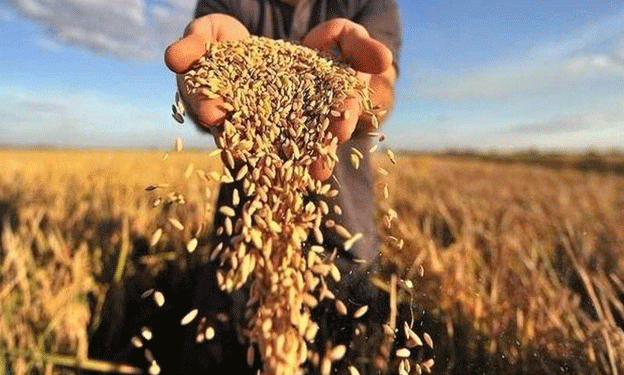In an important update from the Russian Ministry of Agriculture, the export duties on major grains are set to rise. From January 22 to 28, the duty on wheat exports will climb to 4699.6 rubles per ton, while barley and corn duties will increase to 3101.9 rubles and 5041.7 rubles per ton, respectively. The wheat duty rate is based on an indicative price of $240.8 per ton, barley at $207.6 per ton, and corn at $234.6 per ton.
This increase follows a previous duty of 4245 rubles per ton for wheat, 2542.9 rubles for barley, and 4436.4 rubles for corn, which applied between January 15 and 21. These adjustments are part of a flexible export duty system for wheat, barley, and corn, known as the grain “damper” mechanism, which has been in place in Russia to stabilize domestic food prices and ensure fair competition in international markets.
The export duty system is designed to be dynamic, calculated using export contract prices registered on exchanges and the average exchange rate between the ruble and the US dollar over the five working days prior to the calculation. The funds generated through these duties are channeled back into the agricultural sector as subsidies for Russian producers of wheat, rye, corn, and feed barley. This system aims to strike a balance between keeping domestic prices stable and promoting exports.
However, as the duty increases, it is important for farmers, agronomists, and agricultural engineers to assess the potential impact on their operations. Higher export duties may make Russian grains less competitive on the global market, possibly affecting demand for these products. On the other hand, the subsidies provided to producers can help mitigate some of the financial pressure caused by the duties.
For farmers and agronomists in Russia, the increase in export duties signals the need for careful planning and adaptation. It is crucial to stay informed about changes in government policy and the wider market dynamics, as they will directly affect pricing strategies and international trade opportunities. Despite the rise in duties, the continued government support through subsidies offers a lifeline to producers, ensuring that Russia’s grain industry remains competitive in the long term.
Error




